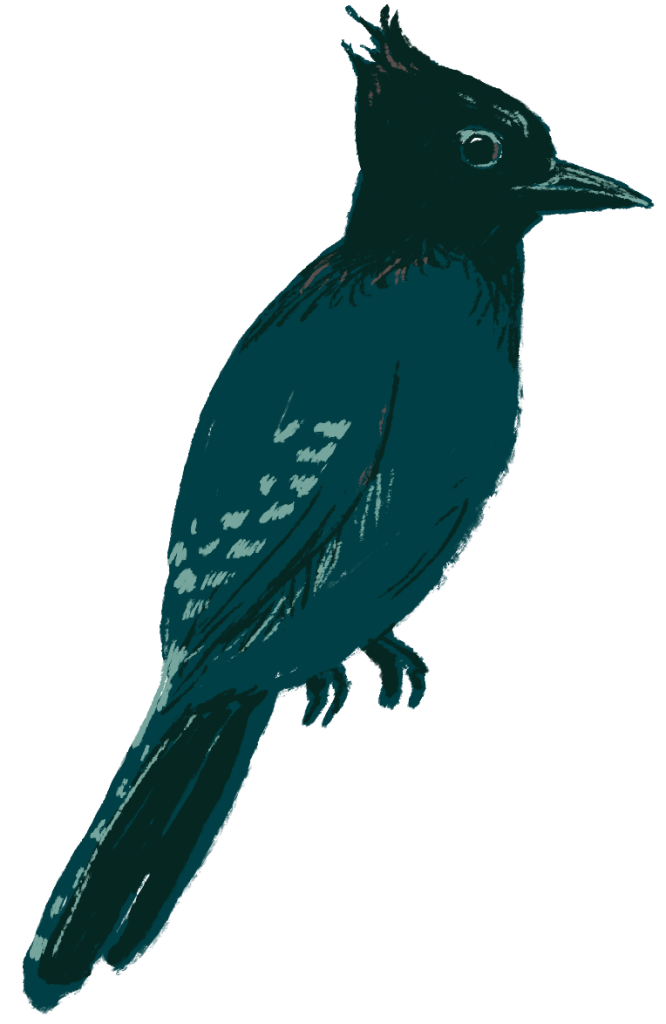
Explore more bird trails in this region
Explore Nearby Itineraries
There’s so much more to see in BC. Explore a nearby Bird Trail.





























There’s so much more to see in BC. Explore a nearby Bird Trail.



























